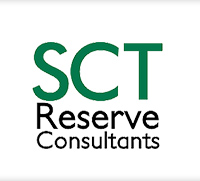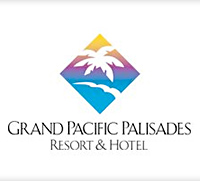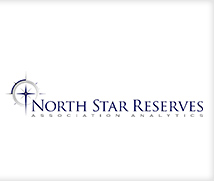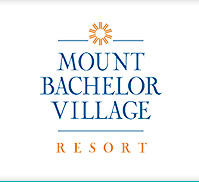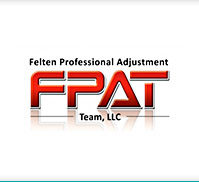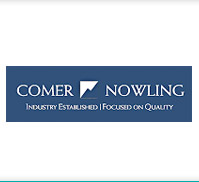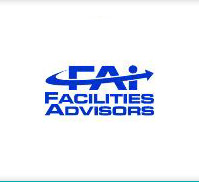Reserve Studies of some shape or form have been done for over half a century now for many common-interest-developments, timeshare and other types of properties. Prior to that, we surmise in some scenarios, like Mayan culture, Mesopotamia or even Machu Picchu, maybe an abacus, charcoal and papyrus process was attempted. The Reserve Study became simpler to do and more efficient to produce when spreadsheets came to life in the 80s. Interestingly, the first version of professional cash management of reserve funds for associations and resorts was act introduced 1983. And surprisingly, the first cash flow projections weren’t presented until 1989.
In the 1960s, when a common-interest-development property was in the planning stages, a few proactive State’s Department of Real Estate personnel required documentation for budgeting and disclosure purposes, as to the amount potential owners would be paying for operating and maintaining the property. As we know them today, maintenance fees for the daily operations and reserve funds for the long-term maintenance and replacement of the physical common area items.
Originally, the Reserve Study report was intended to be an independent (arms-length, third party) opinion at a specific point in time regarding the condition of the property, common areas and the individual assets or reserve items that made up the property. This would be like the concept of a CPAs audit opinion on the financial position of a company.
Furthermore, the study accounted for the balance of existing reserve funds and calculated how much would be needed from the owners to pay for reserve items that would require maintenance or replacement in the future. The conclusions and the report were basically done with no involvement from the associations board of directors, management, or any other advisors.
In the 90s, Reserve Studies started to change noticeably. With dramatic changes in the economy, many boards of directors and management personnel became more involved in the producing report with participation on the assumptions used for inflation, interest earned, and annual contribution increases. The professional Reserve Study preparer was primarily relied upon for estimated lives, costs and the approximate timing of when maintenance or replacement would be needed next.
This of course was questioned by many board members as to, how can we extend the lives of the reserve items, or even change the assumptions so we do not have to raise dues. In many situations globally, this is unfortunately still the case today.
So, what is changing? Is the static reserve study metamorphosing into a dynamic, living-breathing process and a valuable financial planning tool for the future? The fact is the world is a different place than it was 50 years ago and today there is a dramatic difference between the original Reserve Study and the developing Reserve Management Plan.
Where a Reserve Study is basically an independent report done once every few years, a Reserve Management Plan incorporates not only the involvement of the board members and management, it also incorporates cutting edge technology, real-time analysis, access and expertise from various other professionals.
A Reserve Study is what a professional reserve study preparers opinion is, where the Reserve Management Plan is an ongoing collaboration of what the intent, or plan is, of the board members and management today, tomorrow and into the future.
In other words, a Reserve Study is a snapshot or the view from 20,000 feet while the Reserve Management Plan starts at ground level, allows one to get off the ground safely and fly confidently at a cruising altitude for extended periods of time with more end user intent, financial detail and useful managerial information.
The first thing the board of members and management must determine is what is the end purpose of the report? Is it purely for internal purposes (i.e. support for the budget)? Is it being required by a lender for the association to borrow money, or maybe for individual owners trying to meet FHA and HUD refinance requirements? Quite possibly, another new requirement thrust upon many owners anxiously trying to sell to potential buyers. The answer to this will determine if an independent Reserve Study is needed or a collaborated Reserve Management Plan.
In the summary narrative of the report, there should be a clear demarcation between a Study and a Management Plan. It should disclose that it is an independent (arms-length, third party) opinion, or a collaboration with the board, management and any other advisors. It should also continue to state the scope, intent, and how the data was originated and if utilized, all the independent sources.
Also, a delineation of the method(s) used for calculating the current and projected owner contributions with sufficient stress testing proving that these calculated contributions can and will provide a plan to assure that reserve funds should be available when needed in the future.
Where a Reserve Study might be considered one dimensional, a Reserve Management Plan is truly multi-dimensional, expanded to include various other useful managerial details and critical information:
- The tracking of individual financial instruments for calculating accurate earned, received or accrued interest
- How reserve funds can be invested to maximize the return on investment (ROI), while maintaining relative safety of principal
- Calculating individual owner contributions based on unit type or location by size, percentages, entitlements, weeks or points (timeshare/vacation ownership/ Hotel-Condo)
- Financial and Cash Flow planning with various solutions for underfunded associations that need to borrow money, special assess, or maybe look at other alternatives
- Different tracking methods and the ability to change various parameters on-the-fly that can fit the desired intent and timing of reserve fund expenditures
- Documentation and compliance with the ever-changing requirements of the Americans with Disabilities Act (ADA)
One of the biggest challenges for reserve (funds and items) analysis and reporting has always been for the interval/timeshare/vacation ownership industry. Typically, almost two-thirds of the total replacement/maintenance costs for a specific property are related to the unit interiors with common area items making up the balance. Proactive pre-planning for the majority of these types of properties is extremely important for reserve consultants or the exercise can and usually does turn into a runaway train.
Unless there is some type of understanding of what the board members and management are expecting, the odds are slim that almost any report will meet expectations. Therefore the usual Reserve Study ends up in a drawer somewhere, rarely utilized as a long-range planning tool, or a living-breathing process driven approach.
Reserve consultants, management professionals and various other advisors are the first line of education and critical source of information for owner associations and boards of directors.
The value of one of the most expensive investments most people make in their lives is at stake here and the appreciation or depreciation of that valuable investment is based upon ongoing participation from these various professionals.
The complete level of services available should be explained along with the mechanics of a Reserve Study and a Reserve Management Plan and their differences. Furthermore, the end services and report costs to the association will vary based on what has been requested and agreed upon.
Finally, you do get what you pay for. If the board is trying to simply meet some nebulous requirement, then they will most likely go with the least expensive option. A conscientious, prudent and proactive board will always consider what managerial information they need, to make proper informed decisions in the best interest of all the owners.




